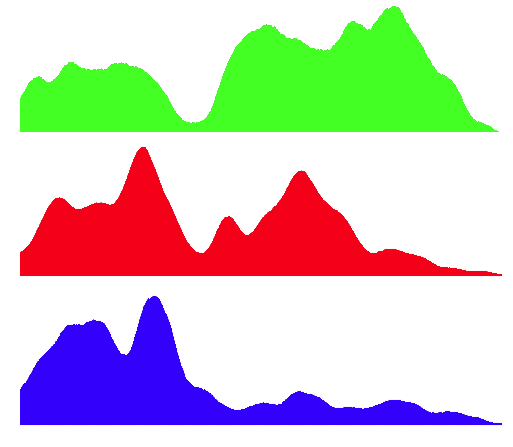Did you know?
You can observe cellular factors from the ENCODE database binding to the HPV18 integration site in HeLa cells in Epigenetics.

Did you know?
You can create phylogenetic trees from proteins selected in a database search.

Did you know?
Tables of Animal, Reference HPV, and non-reference HPV types are listed in Reference Genomes.

Did you know?
The new MAFFT-based Multiple Sequence Alignment tool has many different display options.

Did you know?
The L1 taxonomy tool can tell you whether you might have isolated a new PV type.

Did you know?
You can generate genome maps for presentation and publication using the Genome Browser.

Did you know?
PaVE has options to include "Non-reference" HPV genome sequences. These are HPV types that have not been officially named by the HPV reference Center.
Did you know?
A Special Issue: the Papillomavirus Episteme contains articles written by experts to provide information about papillomavirus evolution, genomes, proteins and more.

Did you know?
You can visualize papillomavirus protein structures in the Protein Structure Viewer and align homologous sequences to assess the position of each amino acid residue.

Did you know?
Check out PaVE Resources for information about Conferences, Recent Articles in PubMed, and other External Resources.
ExploreNIH…Turning Discovery Into Health®
National Institutes of Health, 9000 Rockville Pike, Bethesda, Maryland 20892





